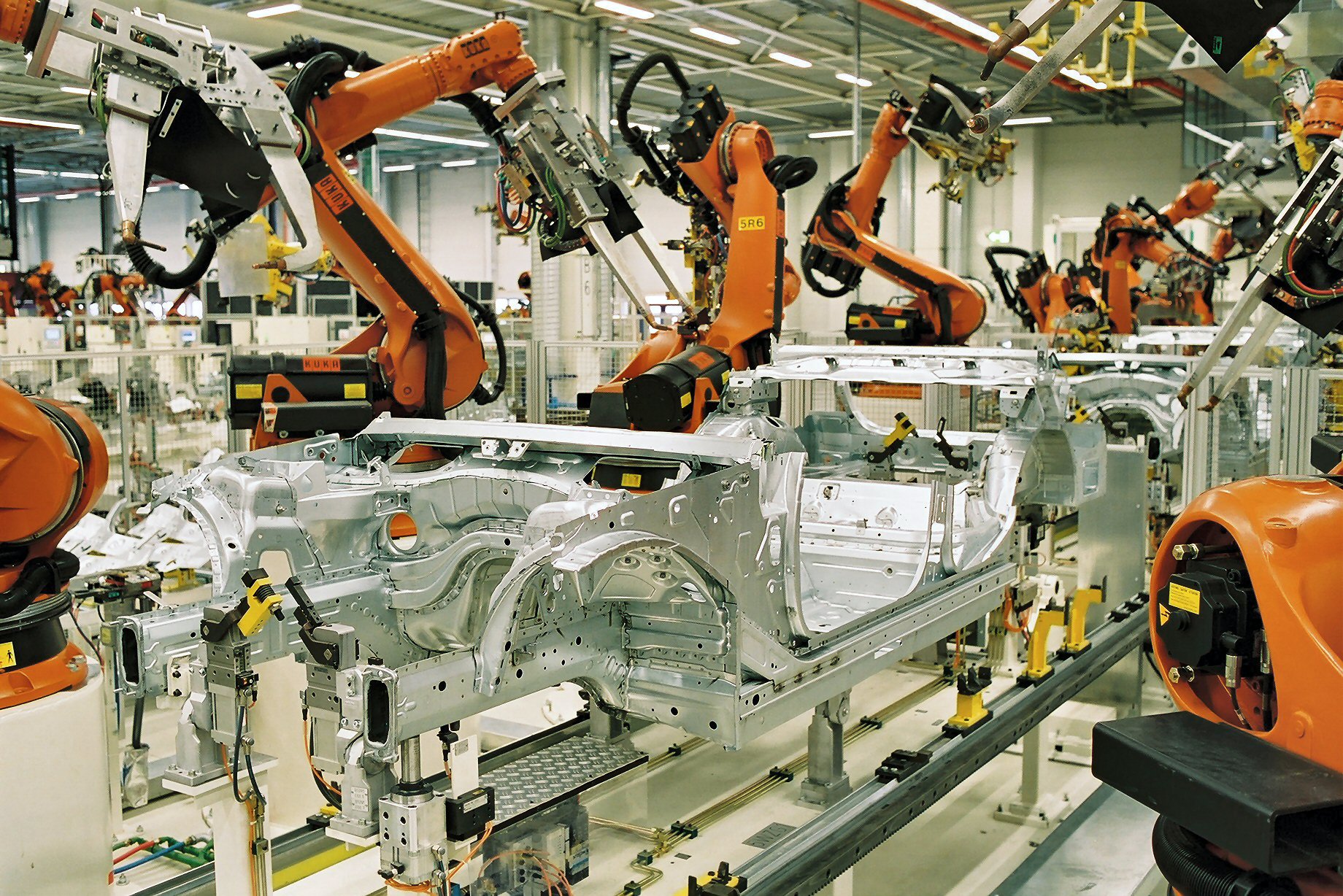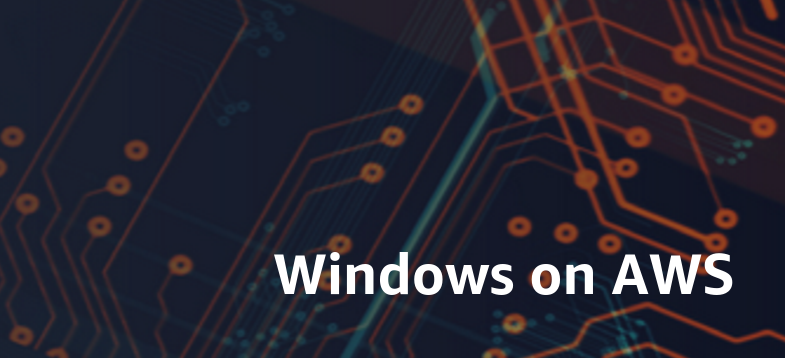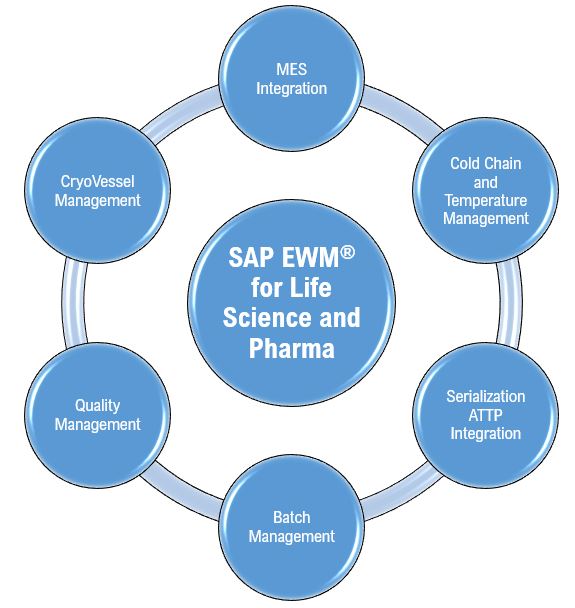As IT Asset Management tools continue to mature with Artificial Intelligence (AI) capabilities, this blog explores the possibilities of leveraging AI for software cost optimization.
According to Gartner’s estimates over the past two years, global software spending has grown by about 12% year over year. In 2025, it’s expected to reach around $1.2 trillion. Undoubtedly, ‘AI’ and ‘Cost Savings’ are buzzwords used in the ITAM domain- but organizations that truly apply AI to reduce costs can achieve more efficient operations, better forecasts, and smarter decision-making.
No wonder AI adoption is in full swing in most market-leading and niche ITAM tools. Some have already implemented AI in some shape or form and others will be in place in the next releases. Tool providers may offer AI capability as an add-on to existing subscriptions increasing the overall tool cost. The question will be whether the add-on cost justifies the value it brings. As a forthcoming on AI capability in SAM, we look at 2 areas that potentially benefit from AI in cost optimization and how it can be addressed today while AI is evolving.
1. Contract Management
2. Software usage optimization
1. Contract Management
A large number of AI-powered tools are available specializing in contract lifecycle management providing different personas for Legal, Procurement, IT and Finance. Often these tools work as an add-on or extension to the existing large contract management system. The common contract types these tools follow are MSAs, SoWs and Addendums. Readily available Large Language Models (LLMs) from Google Gemini, Microsoft Azure Document Intelligence and IBM Watsonx can extract relevant clauses from generic MSAs but they fail to capture specific information from complex contracts.
Opportunities for AI
a. Organizations maintain contract management separately from a software asset management tool. SAM team needs specific information to manage compliance and understand licensing terms and conditions amongst many others. AI-powered contract management tool or the SAM tool, can be trained on a specific contract from a specific vendor for a set of specific clauses required for SAM Personas. When each contracts have different formats and keywords, Small Language Models (SLMs) specific to software vendors can deliver the most appropriate data.
b. It’s common for software products to be listed in table format in documents like order forms, quotes, and addendums. Regular AI powered Contract Lifecycle Management (CLM) tools can extract the data from tabular form. Focus must be given to normalize such data that the SAM tool can understand and import them into the SAM tool. AI powered SAM tool can look through its large SKU database and the relevant contracts to update software entitlements attributes within the SAM tool.
2. Software Usage Optimization
Many SAM tools offer capabilities around software usage analysis and the method to revoke licenses in case of underutilization. Often the out of the box capability is limited to handful of SaaS applications and small set of desktop apps that organizations commonly use. Customized integration is available to monitor any set of apps. Once the reports are generated, automated workflows ensure users, and their managers are notified before removing underutilized software.
Opportunities for AI
a. While SAM tools develop capabilities to fully integrate SaaS applications including the Shadow SaaS and a variety of desktop applications, organizations can look to leverage AI powered DEX (Digital Employee Experience) tools like ServiceNow End-User Experience. By integrating with SAM, they can gain accurate insights into software usage and automate workflows to trigger software removal when necessary. With AI powered tools, cumulative data can be analyzed to predict software usage trend and save costs during renewals.
b. AI powered tools can predict the savings opportunity of subscribing licenses from hyperscaler for instances over BYOL (Bring Your Own License). When selective Microsoft Windows OS and SQL licenses and Oracle Database licenses from enterprises volume contracts are moved to AWS or Azure or similar hyperscalers can provide significant savings on instance cost. The predictions from AI allow infrastructure teams to plan on using BYOL where there are long-term instance requirements.
Challenges
Some of the challenges that you may encounter while adopting AI driven approaches are:
- The third-party AI provider will keep LLMs within their product which may be on-prem or cloud version. As an organization, you will train models which stays within vendor’s IP and re-using such LLMs elsewhere will not be possible.
- Until enterprise tools develop license specific LLMs, organizations can look to use in house developed tools using SLMs. The development of in-house capabilities will require resources and ability to update SLMs frequently.
- Security and Data privacy will be two key areas where organizations will face roadblocks in developing Software Asset Management related AI solution unless there is enterprise-wide AI governance model.
Conclusion
SAM managers should leverage existing AI capabilities within customer IT landscape and fill in gaps by introducing third-party AI tools where appropriate ROI is proven. AI should be viewed as a facilitator to enhance data analysis in quick time and help in decision making rather than blindly going in the AI wave.
The efficiency gains from AI must be broadcasted to stakeholders and find ways to integrate with SAM systems while SAM tool providers bring in the capabilities in the SAM tool. It will act as a precursor and show the value of AI to help justify a possible AI add-on purchase for the existing SAM’ tool.
At Infosys, we have taken a multi-faceted approach to adopt AI into SAM service. We are continuously evaluating and adopting several initiatives within our SAM services, including third-party LLMs on various contract types to support contract optimization, enhancing ServiceNow’s AI capabilities to fulfill re-harvesting commitments, and leveraging the predictive analytics power of Power BI to estimate potential savings opportunities.
If you wish to know more about AI driven Software cost optimization at Infosys, please reach out to us at modernization@infosys.com.










